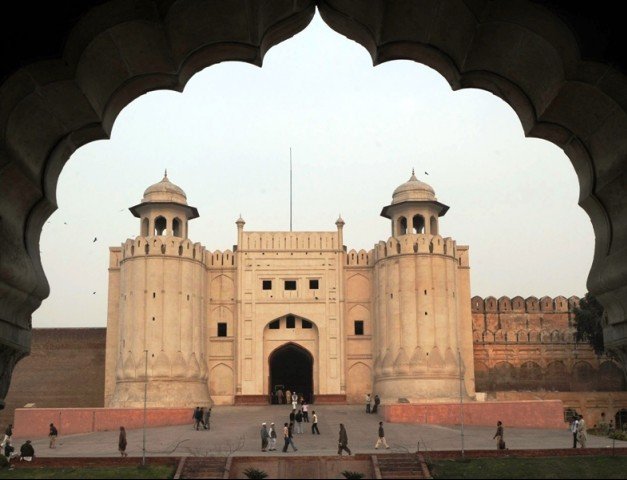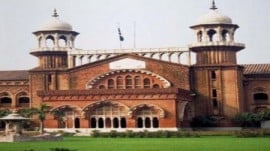
Waris said the session, organised by the Photographic Society of Pakistan on Saturday, was a tribute to Liaqat Ali Vance, a freelance photographer who had photographed and documented the architectural glory of Lahore and was witness to the destruction of this architecture.
He blamed rapid development and social irresponsibility for the destruction of several historical sites.
Vance told the audience he was a publisher by profession. “I began documenting historical buildings in Lahore six years ago to pursue my newfound interest in photography.” He said the partition of sub-continent had inspired him to document Lahore’s architecture.
“I was born seven years after the Partition. I would listen to my parents and family members talk about incidents of rioting during the migration which had damaged several historical sites,” he said. “I hold the partition responsible for the massacre.”
Vance said though much had been written about the effects of Partition on cities in the sub-continent and their residents, few had focussed on the plight of historical buildings in this regard.
Vance said some buildings he had photographed had been demolished for the Orange Line Metro Train project.
“These include the house of Pandit Shiv Narayan, one of the founding members of Rashtriya Swayamsevak Sangh,” he said.
Vance said he had also photographed Sultan di Saraye near Naulakha Bazaar, Chamba House, Janj Ghar and Samadhi of Ranjit Singh. He stressed the need for taking care of buildings to promote tourism.
Umair Ghani, a photographer, praised Vance’s initiative. “His documentation of historic buildings will help keep record of such sites.”
Ghani said he was impressed with the fact that Vance had launched the initiative on his own, without support from any organisation.
Published in The Express Tribune, June 6th, 2016.

















COMMENTS (1)
Comments are moderated and generally will be posted if they are on-topic and not abusive.
For more information, please see our Comments FAQ